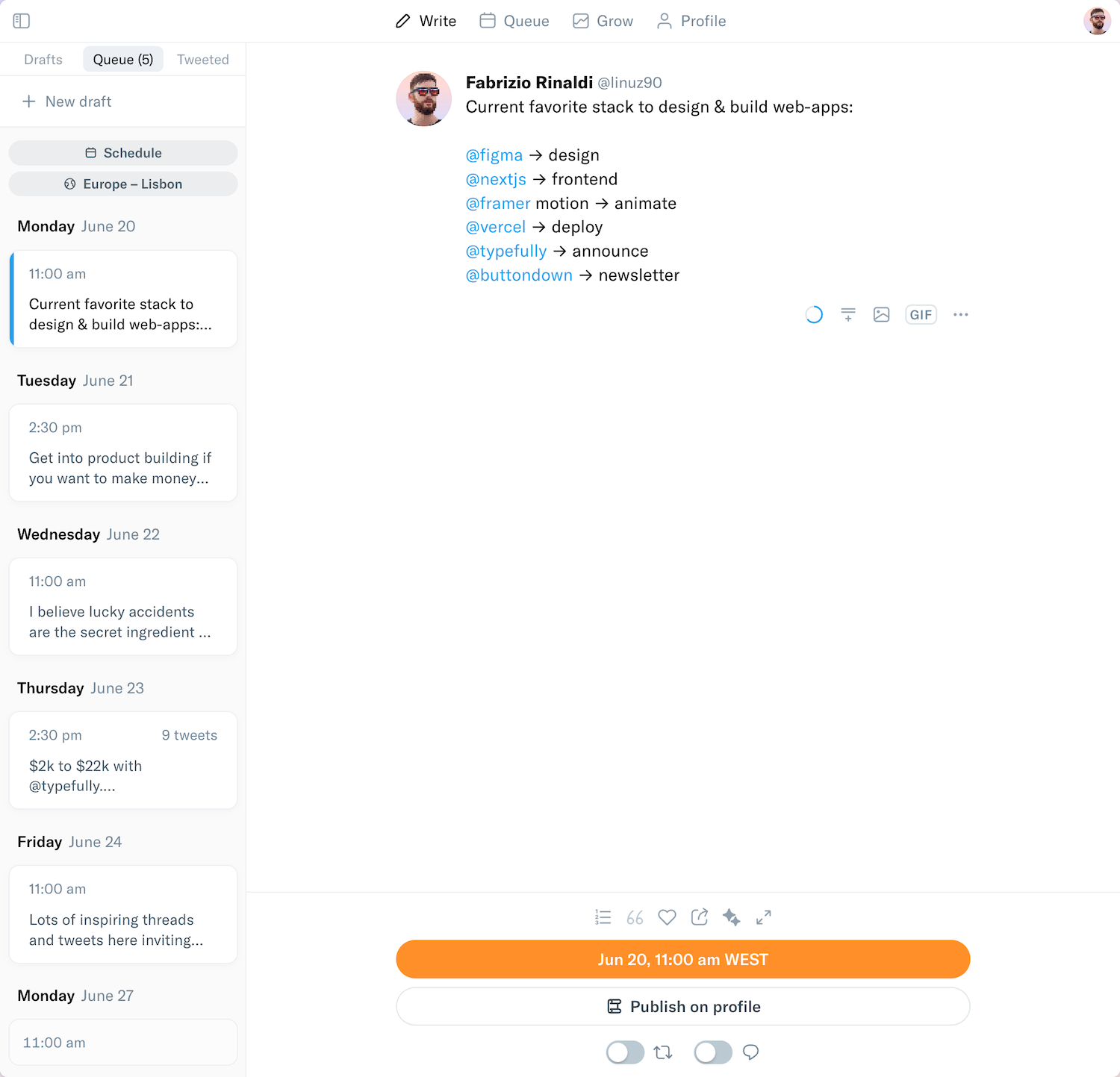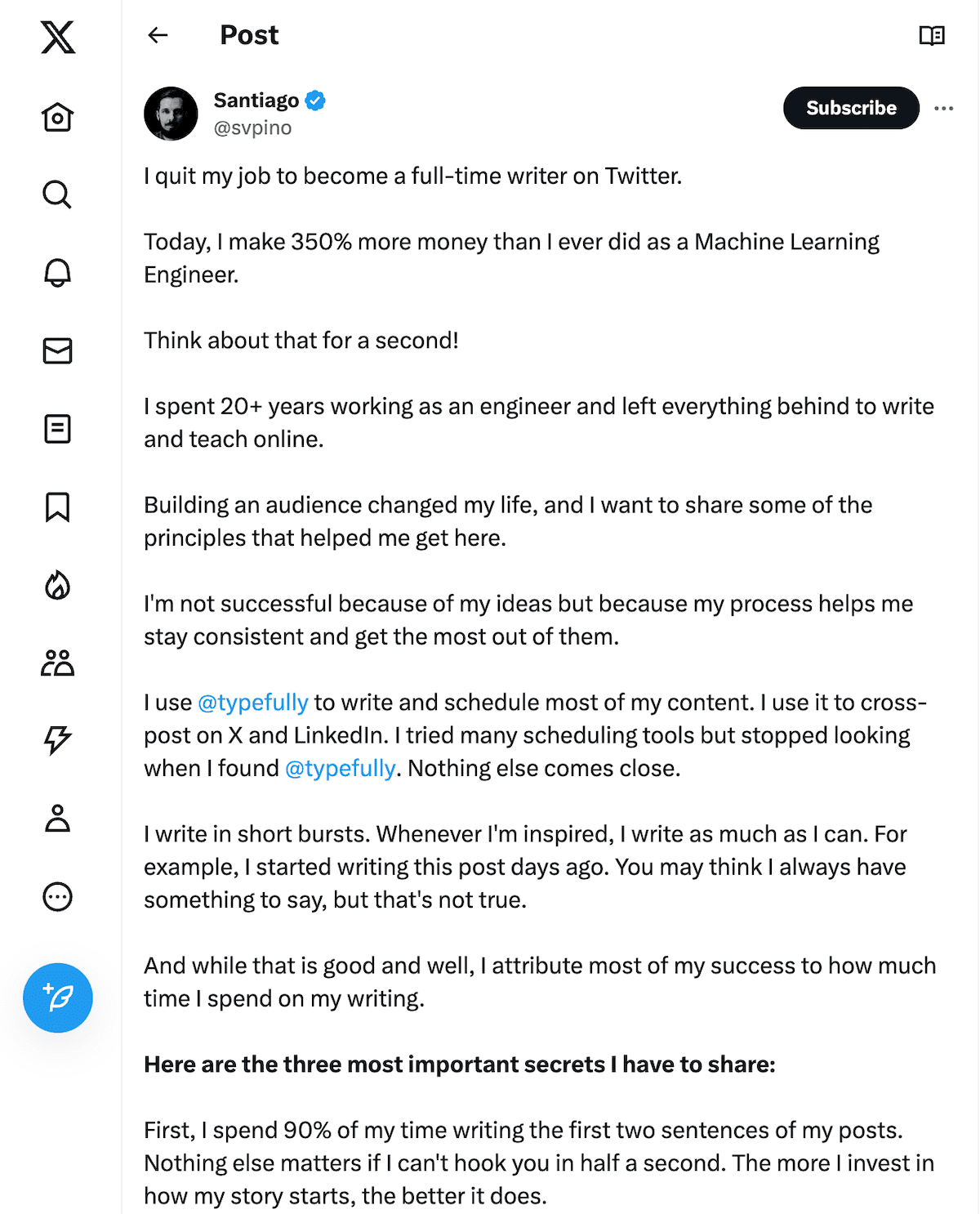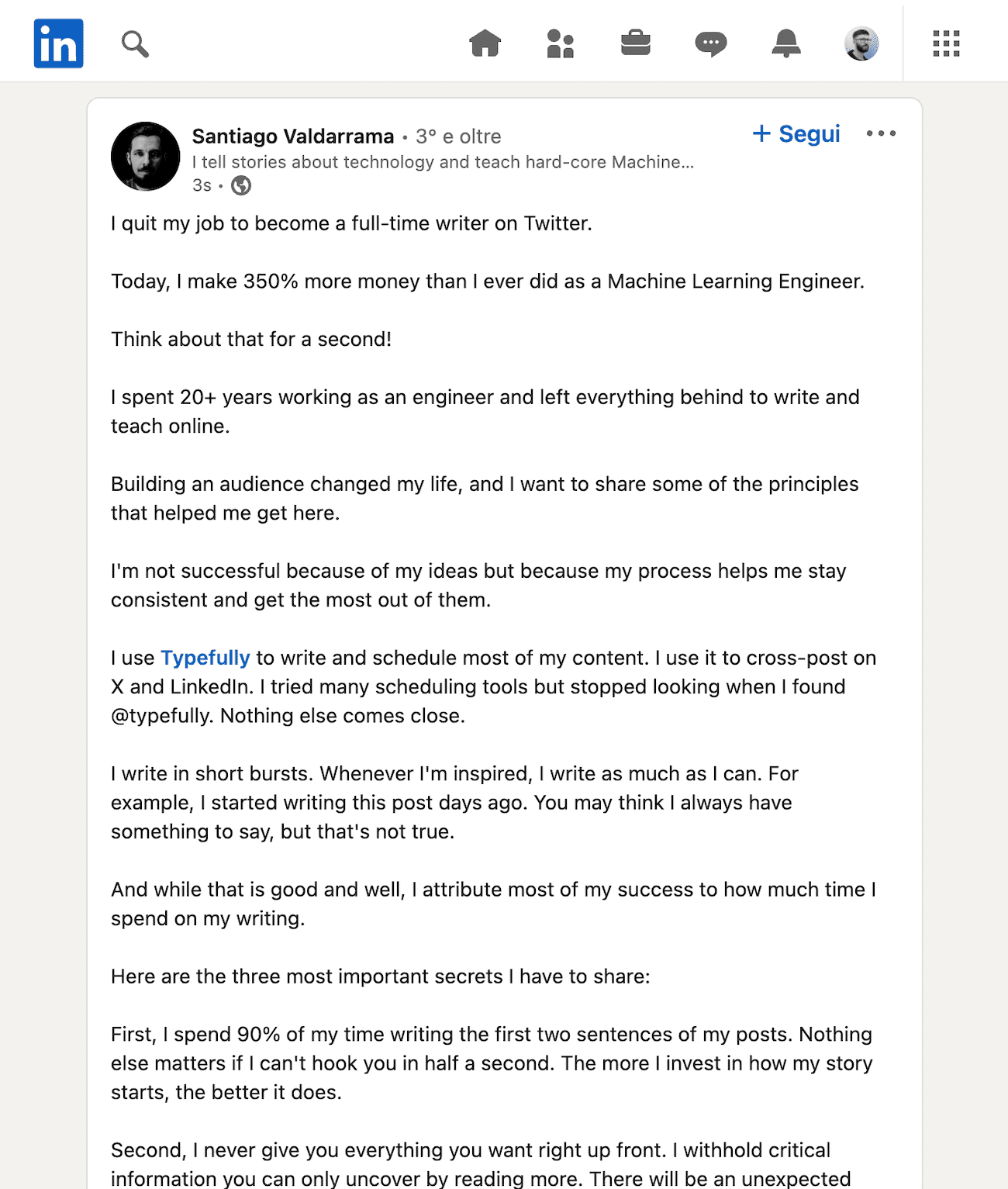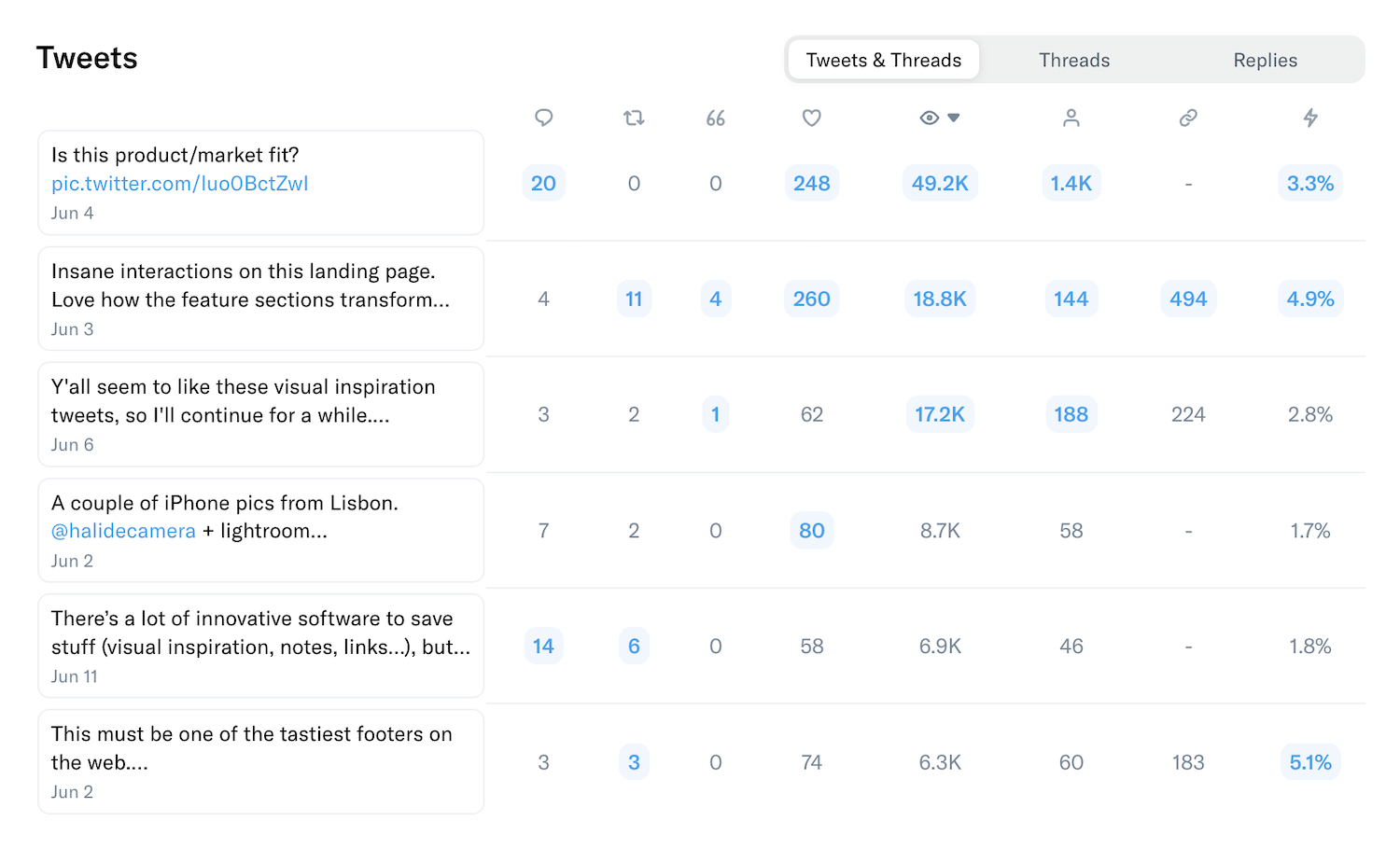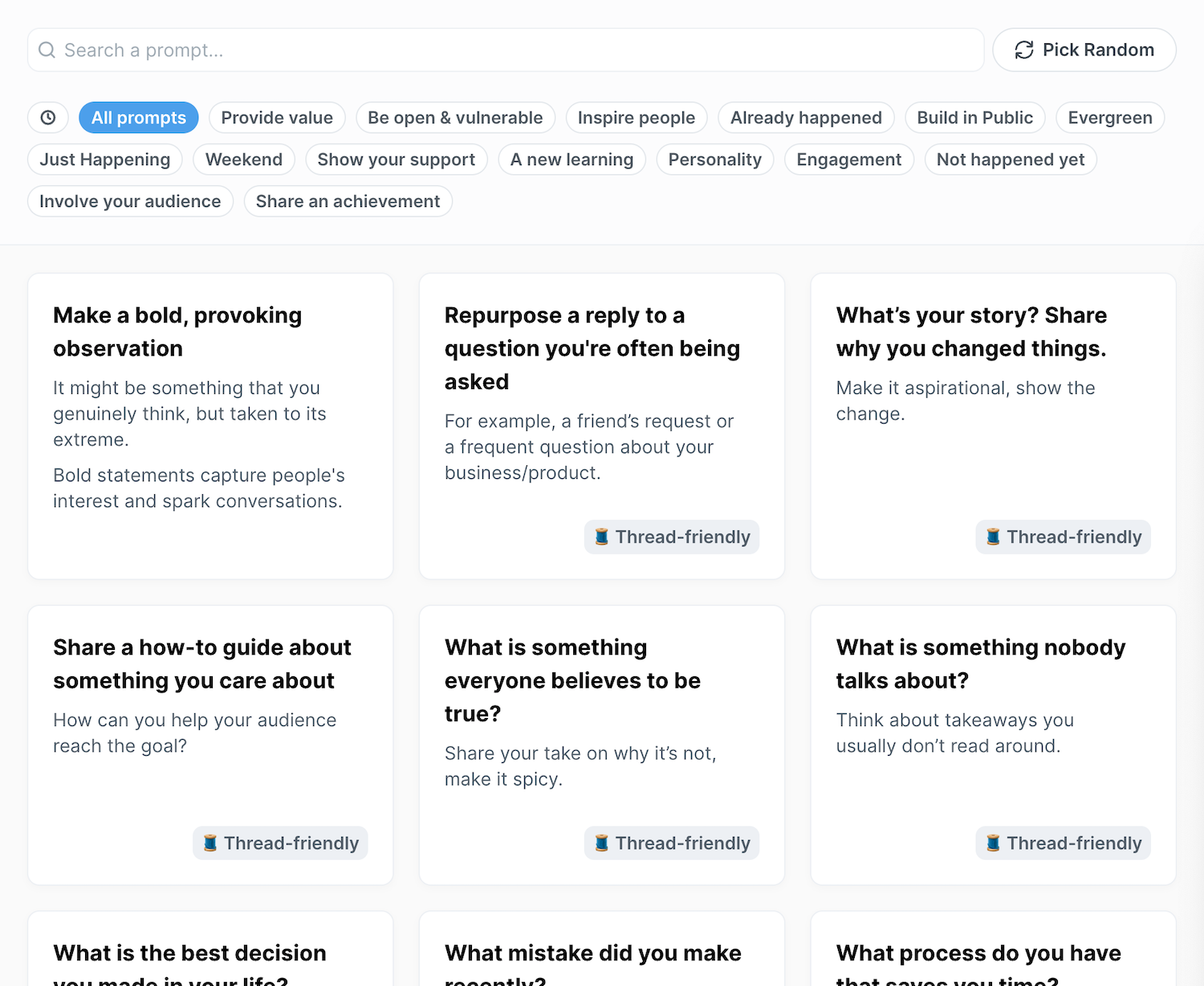A short thread today, since the one from yesterday was a small book.
Today I'll go into the role of inflation for Olympus and why it's important to not confuse this with yield.
👇 🐢
Let me first emphasis once more that this is my personal view and that we've been looking to change APY to something more suitable for a while now. Let's change the narrative together!
Now, in the case of Olympus, what is inflation? Well, every 8 hours, staking emissions increase the supply by a certain reward rate. These new tokens go to stakers which will see their $OHM balance increase.
Why aren't these emissions yield Turtle?
Well, you have to see one $OHM token as your claim on the treasury. If there would be only 10 tokens, and you would hold 1 of them, you would have 10% of that claim.
If there would be 1000 tokens and I held 100, it doesn't mean that I have a larger claim. It still is 10%. This oversimplification shows that high inflation (for now still called APY, sadly) is not real yield. It simply is increasing the total amount of tokens.
A comparison with tradfi are stock splits. Amazon just did one where it issued 20 shares for every share outstanding. This is merely an increase in shares for all holders, so a net 0 operation.
wsj.com/articles/what-is-a-stock-split-amazon-stock-split-20-1-explained-11598616477
So what would happen when all variables stay equal, but we kept on going at the current inflation rate (469% yearly)? Well, eventually the price will have to react as well, since more supply means that each outstanding $OHM represents less of the treasury and future inflows.
The graphic below shows the situation where the treasury would be stagnant, aka no more in or outflows, and the token supply would linearly increase. The expected outcome would be a same linear decline of the price per $OHM.
Why do we need inflation, then? Why not just keep the same supply?
The answer here lies into the fact that eventually, the treasury will start to grow, thus increasing the value per $OHM (backing + premium).
If we had 0 inflation, the price of $OHM would become too variable. Ideally, this would be stable in order to be used as a proper currency.
Read more on this in my previous thread:
twitter.com/WartuII/status/1539586519291203584?s=20&t=mHsuYRlXcmNrK9aJ1veiCg
So the goal is to keep inflation in line with the treasury growth and also some other qualitative factors. As described in the thread above, not everything is to do with the treasury. Most projects in the space are valued based purely on the assumption of future income.
For the sake of keepings things simple, I'm going to make an abstraction as treasury + qualitative factors being the assets of the DAO.
So ideally, we keep the inflation rate equal to the assets of the DAO in order for the price to stay relatively stable.
This would have the following effect on the token price:
So why type this today? The policy team launched OIP-100 yesterday ( 🎉 ) as a proposal to reduce the reward rate and thus reduce the current inflation.
forum.olympusdao.finance/d/1224-oip-100-adjust-reward-rate
Why is this important?
Well, we currently see situation 1, where treasury assets stay relatively stable (excluding the effect of inverse bonds) yet we have significant inflation, causing a downward pressure on the price.
The main benefits cited are:
1. Make Inverse Bonds more efficient
2. Dampen volatility
3. Prolong ability to mint OHM
Number 2 is clearly in line with what we've discussed before, number 3 is straightforward (you can't keep on minting endlessly). So we will dive into 1!
If you want a quick refresher on inverse bonds, read my previous thread here:
twitter.com/WartuII/status/1538861773327020032?s=20&t=mHsuYRlXcmNrK9aJ1veiCg
So inverse bonds reduce sell pressure by allowing users to exchange OHM for treasury assets. Instead of selling on the market, users can sell straight to the protocol. This creates a delta towards buying pressure (especially if people loop these inverse bonds)
Now inflation basically pushed the other way, by emitting more tokens, in pure economic logic, selling pressure is created. So in a sense, inflation is battling inverse bonds.
By reducing this inflation rates, a lower capacity of inverse bonds will have the same effect as today.
In simpler words, by emitting fewer tokens, we need to buy back less to have the same effect on the token price.
I hope this thread has been useful to understand some important concepts that our skilled policy team is working with every single day.
Till next time!
